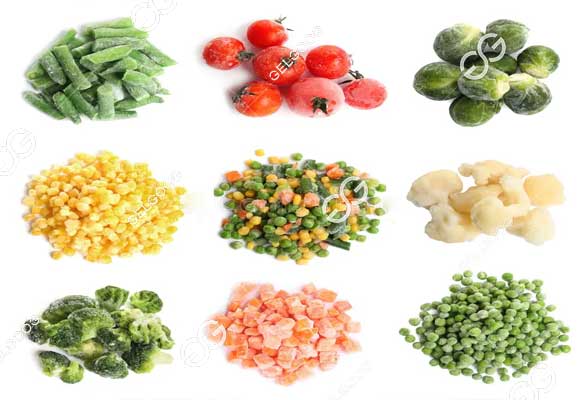

In the world of industrial food processing, selecting the right freezing method is crucial for maintaining vegetable quality, extending shelf life, and maximizing operational efficiency.

Which method should most vegetables be frozen to achieve the best results in large-scale production?
This article explores the top industrial vegetable freezing methods to help factories and processing plants make informed decisions that enhance product quality and reduce costs.

IQF is often the answer to the question, "Which method should most vegetables be frozen?"—especially when the goal is premium quality and flexibility.It freezes each vegetable piece individually, preventing clumping and preserving texture.

Blast freezing is another widely used method in industrial vegetable freezing.

When deciding which method should most vegetables be frozen, consider these industrial production factors:

Factories processing mixed vegetable packs often adopt IQF systems to meet market demand for consistent, non-clumped products.
In Southeast Asia, for instance, one client upgraded to an automated IQF line and increased daily throughput by 40%, while reducing product waste.
Combining IQF with automated loading systems further enhances efficiency. Meanwhile, some large-scale producers use hybrid models—IQF for premium SKUs, and blast freezing for bulk, cost-sensitive lines.
These examples reinforce the importance of asking: Which method should most vegetables be frozen to meet your specific operational goals?

Choosing the right industrial vegetable freezing method is key to ensuring quality, meeting production targets, and staying competitive.
Whether it’s IQF for premium flexibility or blast freezing for high-volume processing, the best solution depends on your factory’s needs.
Want tailored advice on which method should most vegetables be frozen in your facility? Contact us today to discuss your production goals and explore our full range of industrial freezing equipment.